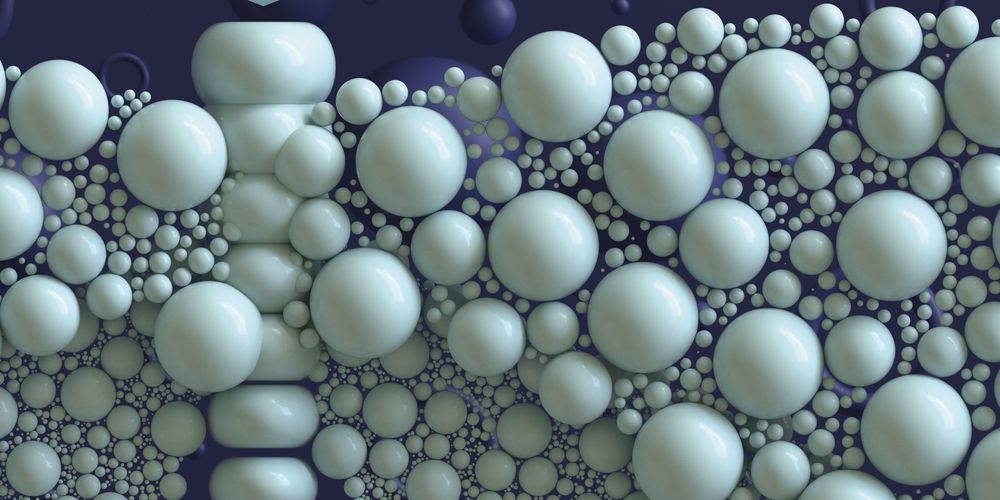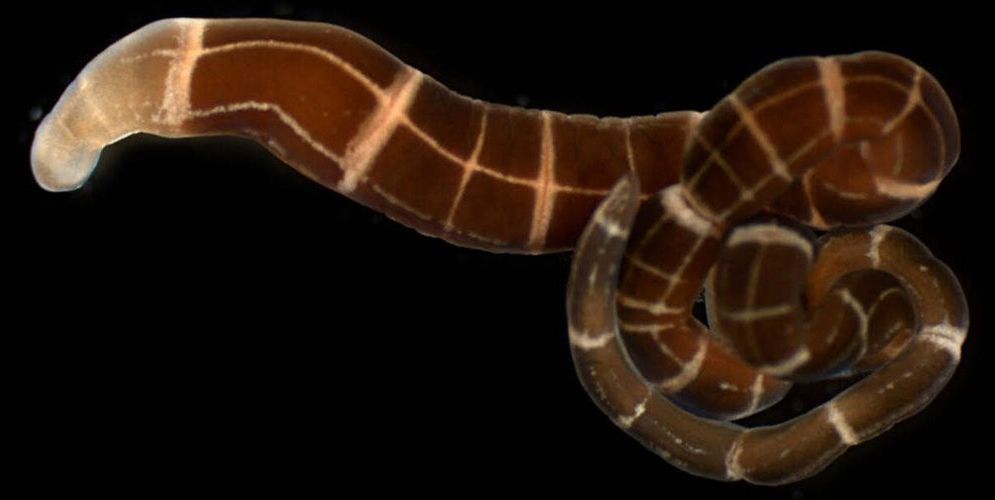The discovery of a fossilized, 42-million-year-old, four-legged whale is shedding new light on the evolution and geographical spread of these aquatic mammals.
The ancestors of modern whales and dolphins evolved from a small, four-limbed hoofed animal that lived in south Asia around 50 million years ago, during the Eocene. Fossil evidence suggests these aquatic mammalian pioneers reached North America by 41.2 million years ago, swimming from West Africa across the Atlantic. The surprise discovery of a previously unknown, 42.6-million-year-old quadrupedal whale along the coast of Peru has resulted in an important addendum to this story: Ancient whales made South America, and not North America, their first home in the New World. Details of this discovery were published today in Current Biology.








